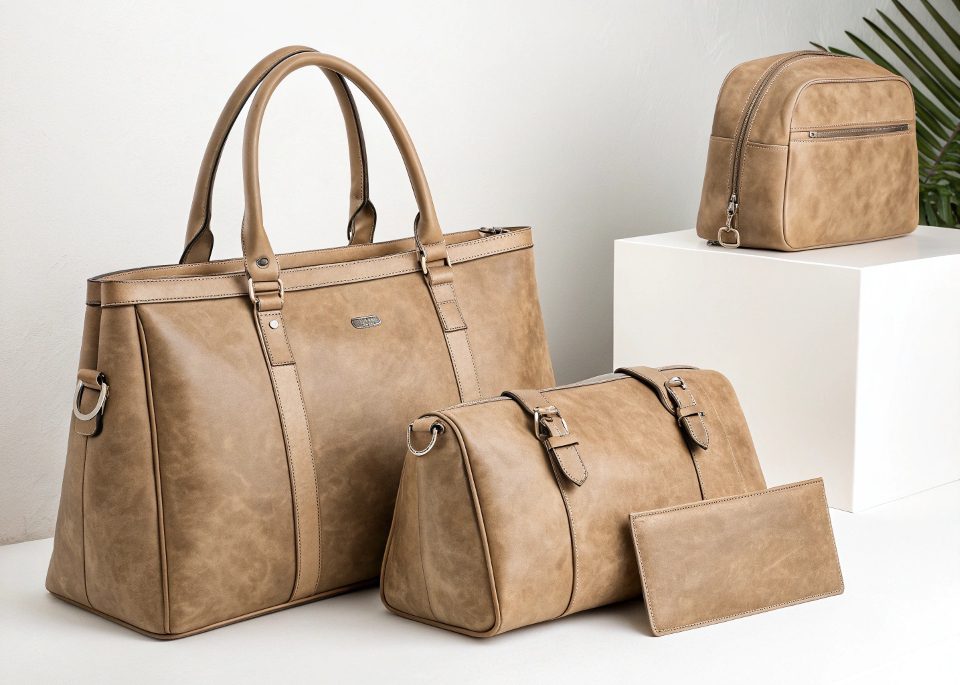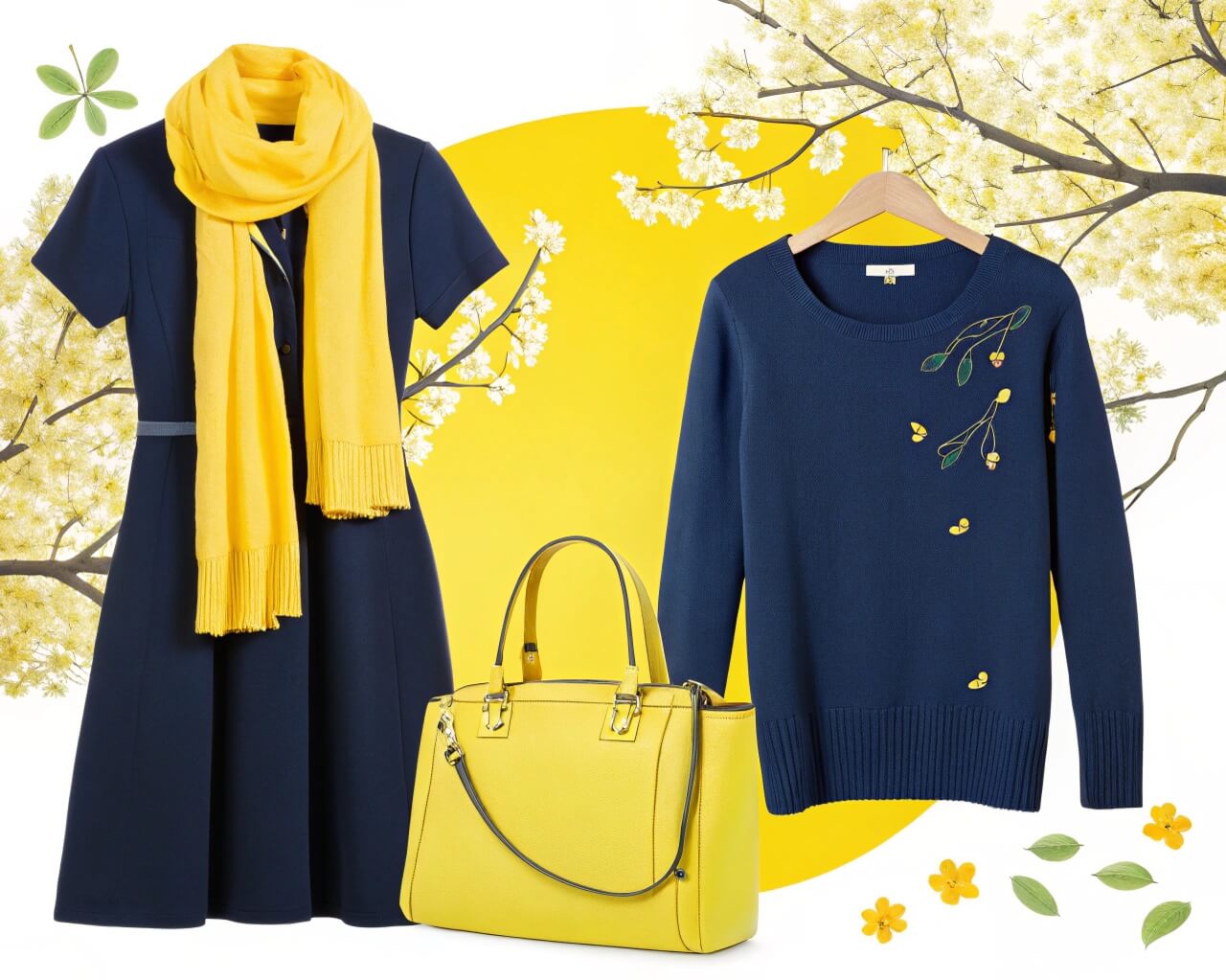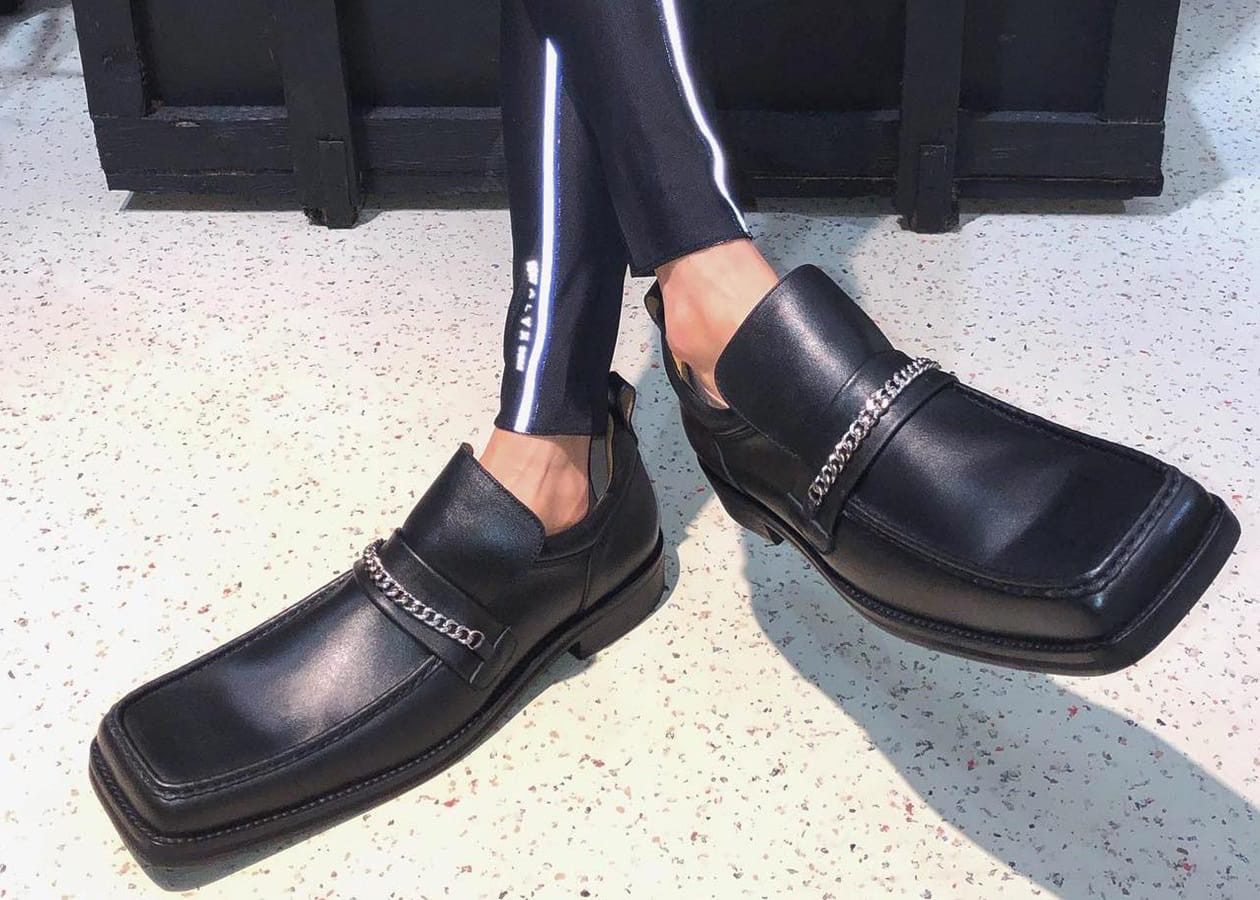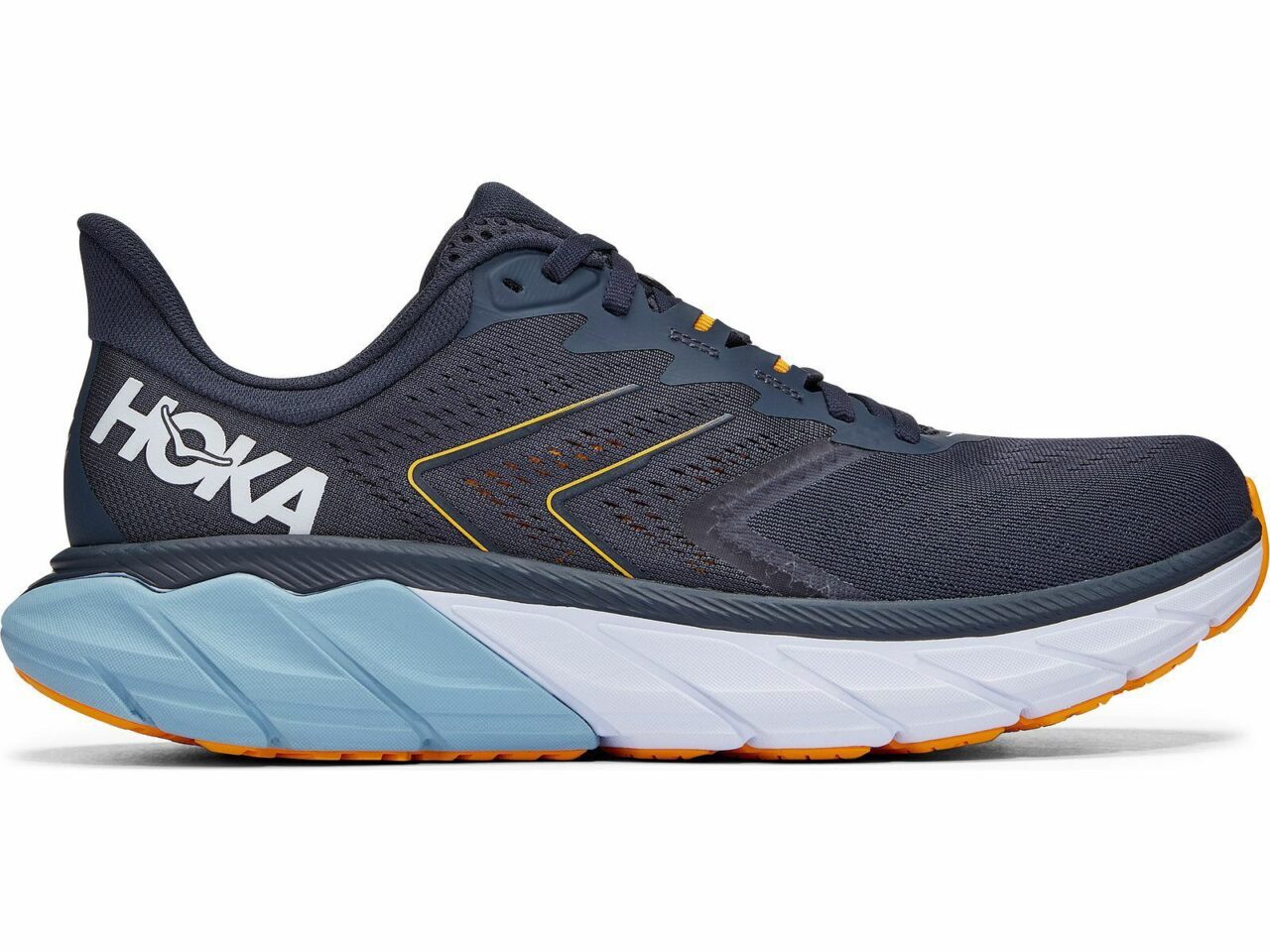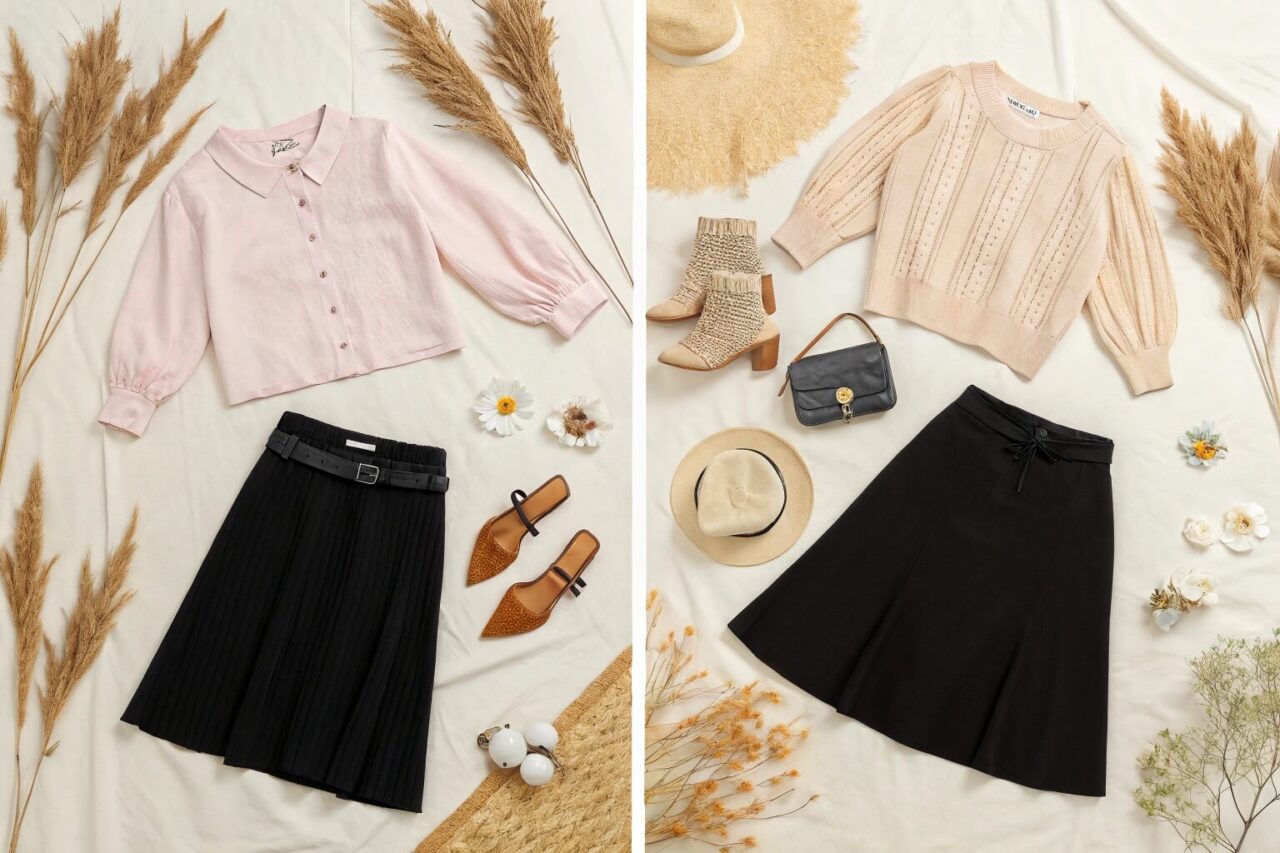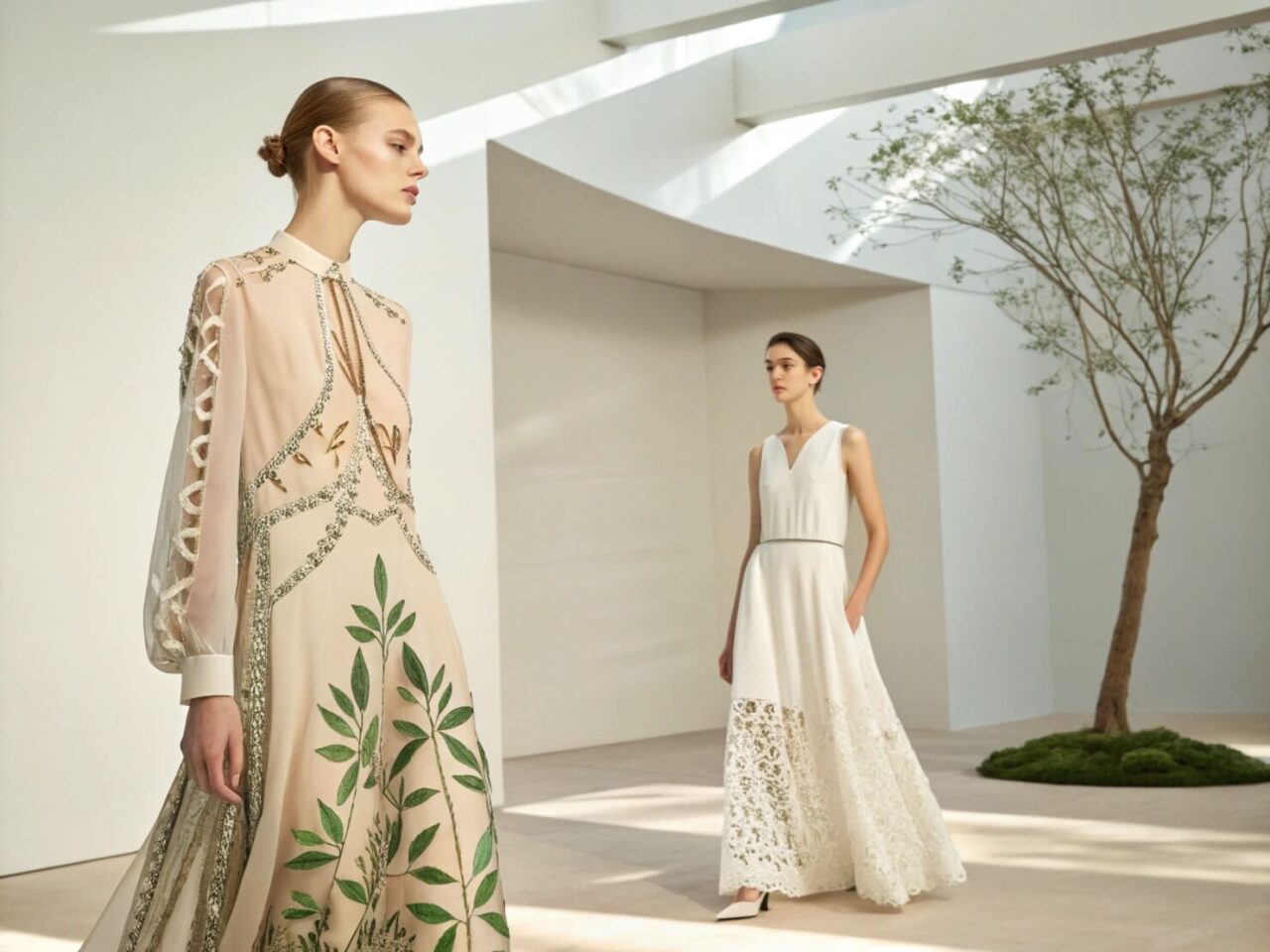The Green Revolution in Fashion
You walk into a luxury boutique. The handbag catches your eye. It looks like fine leather and feels expensive, but this bag has never harmed a single animal. Welcome to fashion’s quiet revolution.
Fashion designers around the world are making a bold choice. They’re saying no to animal products and yes to plants. This isn’t just about being kind to animals; it’s about saving our planet.
The fashion industry kills billions of animals each year. Cows die for leather. Sheep suffer for wool. The process pollutes rivers. It destroys forests. It creates toxic waste that poisons communities.
But something is changing. Top designers now create stunning clothes from mushrooms. They make luxury bags from pineapple leaves. They craft beautiful shoes from cactus plants. These aren’t cheap alternatives. They’re premium products that compete with traditional materials.
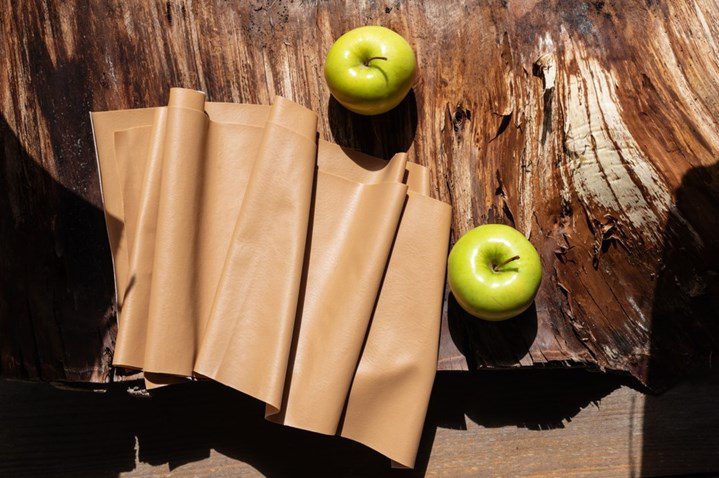
Major fashion houses support this shift. Stella McCartney has never used leather. Hermès now makes bags from mushroom leather. Adidas creates shoes from ocean plastic and plant materials. These aren’t small experiments. Their business strategies are worth millions.
Why are designers making this switch? The answer is simple. Consumers care about the environment. Young shoppers research brands before buying. They want products that match their values. They’re willing to pay more for sustainable options.
Plant-based materials also offer practical benefits. Many are lighter than animal leather. Some resist water better. Others last longer. The technology keeps improving. Soon, plant-based materials might surpass traditional ones in every way.
But questions remain. Are these materials truly better for the environment? Do they perform as well as animal products? Can they scale up to meet global demand? The answers shape fashion’s future.
This shift represents more than new materials. It signals a fundamental change in how we perceive luxury. True luxury isn’t about rarity or expense; it’s about quality. It’s about quality without compromise. It’s about beauty that doesn’t cause harm.
What Are Plant-Based Fashion Materials?
Plant-based fashion materials are derived from plants rather than animals. They offer alternatives to leather, wool, silk, and fur. But the term “plant-based” can be misleading.
Accurate plant-based materials use only plant fibers and natural processing. Hemp fabric is plant-based. Cotton is plant-based. Linen comes from flax plants. These materials have been used to clothe humans for thousands of years.
Modern plant-based materials go further. Scientists extract fibers from fruit waste, grow laboratory materials, and process plant matter into leather-like substances. The results can fool experts.
The Main Types of Plant-Based Materials
Fruit and Vegetable Waste Materials:
- Pineapple leaf leather (Piñatex)
- Apple peel leather
- Grape waste leather
- Orange peel fabric
Laboratory-Grown Materials:
- Mushroom leather (mycelium)
- Lab-grown cotton
- Biofabricated silk
Traditional Plant Fibres:
- Hemp,
- Linen
- Cotton
- Bamboo
The confusion comes from marketing. Many “plant-based leather” products contain plastic, use petroleum-based chemicals, and are processed with toxic substances. These aren’t truly plant-based; they’re synthetic materials derived from plant origins.
Real plant-based materials should biodegrade naturally, use minimal chemicals in processing, and come from renewable sources. Not all products meet these standards.
The Rise of Mushroom Leather: From Forest Floor to Runway

Mushroom leather represents the most promising plant-based material. It grows from mycelium, the mushroom’s root structure, creating a material that resembles, feels, and performs like animal leather.
The process starts with agricultural waste. Wood chips, corn stalks, and sawdust become a growing medium. Scientists add mushroom spores. The mycelium grows into a thick mat, which becomes leather.
Companies like Bolt Threads and MycoWorks lead this field. They grow materials in controlled environments. The process takes weeks, not years, like raising cattle. The result rivals premium leather in quality.
How Mushroom Leather is Made
The production process is surprisingly simple. Farmers collect agricultural waste that would otherwise rot. This waste goes into growing trays. Mushroom spores are added. The mycelium grows in dark, humid conditions.
After two weeks, workers harvest the material. It appears to be a thick, spongy mat. Chemical treatment transforms it into a leather-like material. The final product can be dyed, textured, and finished like traditional leather.
Benefits of Mushroom Leather
Mushroom leather offers several advantages over animal products. It grows much faster than raising animals. A mushroom leather bag takes weeks to produce. A cowhide bag requires years of animal husbandry.
The environmental impact is significantly lower. No animals are harmed. Water usage drops dramatically. Land use decreases, and greenhouse gas emissions fall. The process creates no toxic waste.
Mushroom leather performs as well as traditional leather in most applications. It’s durable, flexible, and waterproof; some versions are stronger than animal leather.
Major brands are taking notice. Hermès partnered with MycoWorks to create luxury bags. Stella McCartney uses mushroom leather in her collections. Adidas developed mushroom leather shoes.
The technology keeps improving. Early versions were fragile. New materials are stronger and more versatile. Costs are dropping as production scales up.
Pineapple and Cactus: Tropical Solutions for Luxury Fashion
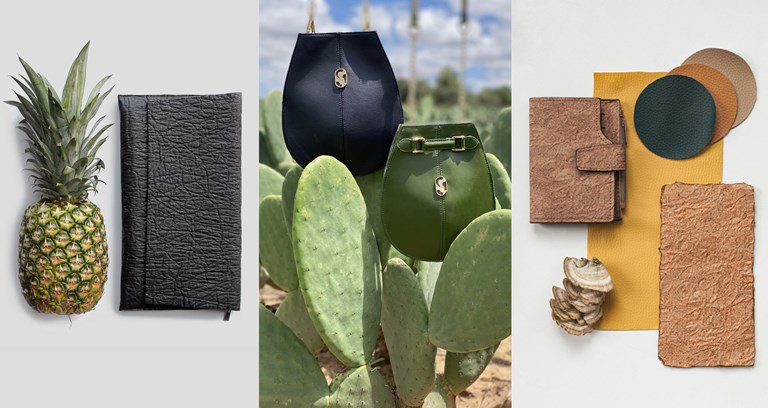
Tropical plants provide surprising alternatives to traditional materials. Pineapple leaves and cactus plants create leather-like materials that rival animal products in luxury applications.
Pineapple leather, known as Piñatex, transforms agricultural waste into fashion gold. Pineapple farmers traditionally burn leaves after harvest. They sell them to material companies, creating additional income for farming communities.
The Philippines leads in pineapple leather production. Local communities have made textiles from pineapple fibers for centuries, and modern technology scales up traditional methods.
The Pineapple Leather Process
Creating pineapple leather starts in the fields. Workers collect leaves after the pineapple harvest. These leaves would usually become waste, but become valuable raw materials instead.
Machines strip fibers from the leaves. These fibers are dried and processed into a felt-like material. The chemical treatment creates a leather-like finish resembling soft, supple leather.
Companies like Ananas Anam developed commercial pineapple leather. Their Piñatex brand supplies major fashion houses. Hugo Boss, H&M, and Nike use pineapple leather in their products.
Cactus Leather Innovation
Mexico produces innovative cactus leather from nopal plants. These cacti grow wild in desert regions, require no irrigation, and thrive in harsh conditions where other crops fail.
Dessert, a Mexican company, pioneered the commercial production of cactus leather. Their process harvests mature cactus leaves without harming the plant, which continues to grow and produce new leaves.
Cactus leather offers unique properties. It’s naturally antimicrobial, resists moisture, and is incredibly durable. Some versions last longer than those made from animal leather.
Major brands embrace cactus leather. Mercedes-Benz uses it in concept car interiors, and fashion brands like Karl Lagerfeld incorporate it into handbags and shoes.
The environmental benefits are substantial. Cactus plants absorb carbon dioxide, prevent soil erosion, require no fertilizers or pesticides, and produce renewable energy.
The Truth Behind Plant-Based Leather Marketing
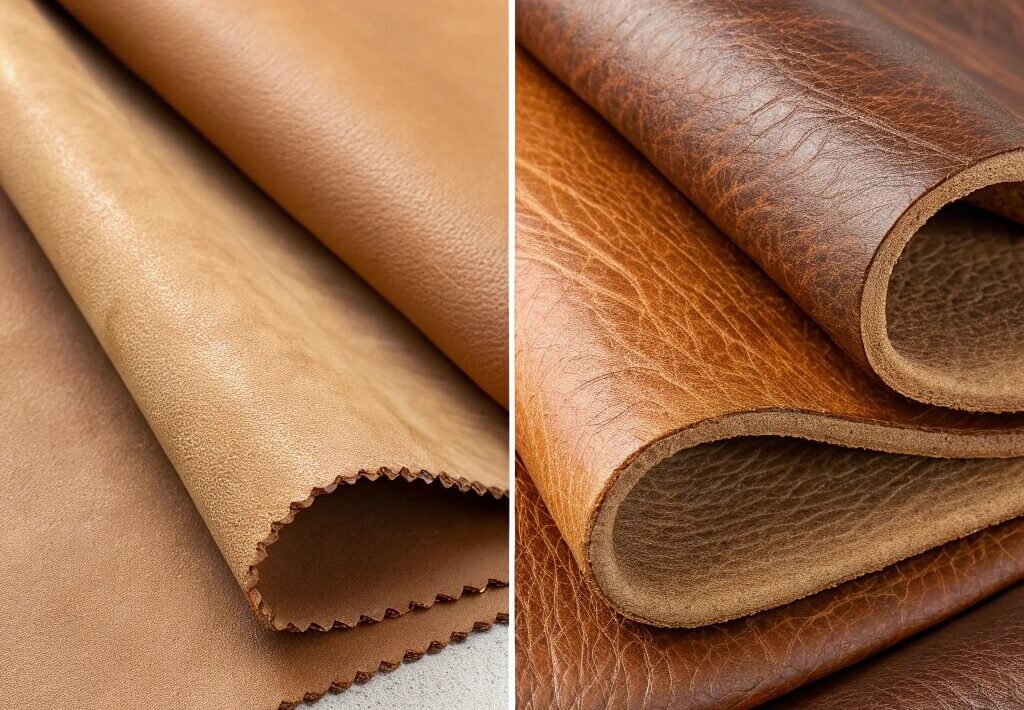
The term “plant-based leather” creates confusion in the marketplace. Not all products labeled this way are environmentally friendly; some contain more plastic than plant material.
Authentic plant-based leather should come primarily from plant sources, use minimal synthetic additives, and biodegrade naturally at the end of its life. Many commercial products fail these tests.
Most “vegan leather” is made from plastic, such as polyurethane or PVC. These materials come from petroleum, not plants. They don’t biodegrade, and they release toxic chemicals during production.
Understanding Material Composition
Reading labels reveals the truth about plant-based materials. Look for specific plant sources, check the percentage of plant content, and inquire about the synthetic additives used in the processing.
Genuine plant-based materials list their primary components. Mushroom leather specifies mycelium content. Pineapple leather shows leaf fibre percentage, and Cactus leather details plant extraction methods.
Beware of vague terms like “eco-leather” or “sustainable leather” without specific details. These might be marketing terms for plastic products with minimal plant content.
Environmental Impact Comparison
Accurate plant-based materials offer significant environmental advantages. They use less water than animal leather production, produce fewer greenhouse gases, and require less land.
However, processing matters enormously. Some plant-based materials use toxic chemicals in finishing, and others require energy-intensive manufacturing. The full lifecycle must be considered.
Synthetic “plant-based” materials often have worse environmental impacts than they are advertised to have. Plastic production creates pollution, and these materials don’t biodegrade. They contribute to microplastic pollution.
The best plant-based materials combine renewable sources with clean processing. They use water-based finishes instead of chemical treatments and are designed for composting at the end of their lives.
Major Fashion Brands Leading the Change
Fashion’s biggest names are investing heavily in plant-based materials. This isn’t just marketing. It represents a fundamental business strategy shift driven by consumer demand and environmental necessity.
Stella McCartney leads the luxury segment. Her designs have never used leather, fur, or exotic skins. Her brand proves that sustainable fashion can be profitable and desirable. Sales grow annually despite premium pricing.
Hermès, the ultimate luxury brand, partnered with MycoWorks to develop mushroom leather. Their Victoria bag, made from mycelium, costs thousands of dollars, and customers wait months for delivery. This proves that plant-based materials can command luxury pricing.
Fast Fashion’s Green Transformation
Even fast fashion embraces plant-based materials. H&M uses pineapple leather in shoes and accessories. Zara incorporates mushroom leather in handbags. These mass-market brands make sustainable options accessible to millions.
The business case is compelling. Sustainable products often have higher profit margins. They attract younger consumers who spend more on fashion. They differentiate brands in crowded markets.
Athletic Brands Pioneer Innovation
Sports brands lead material innovation. Adidas creates shoes from ocean plastic and mushroom leather. Nike develops sneakers from pineapple waste. These products perform well with traditional materials while reducing environmental impact.
Athletic wear requires high-performance materials. They must be durable, flexible, and moisture-resistant. Plant-based materials that meet these standards prove their commercial viability.
The athletic market drives volume production. Millions of shoes and athletic wear pieces are tested on plant-based materials at scale, accelerating improvement and cost reduction.
The Future of Sustainable Fashion
Plant-based fashion materials represent more than a trend. They signal a permanent shift toward sustainable production. The technology improves rapidly, costs fall steadily, and consumer acceptance grows.
The next decade will determine whether plant-based materials will become mainstream. Early adopters will prove that market demand exists. Technology companies will solve production challenges. Fashion brands will commit to sustainable sourcing.
Challenges remain significant. Scaling production to meet global demand requires massive investment. Quality must match traditional materials in all applications. Costs must become competitive for mass market adoption.
But the momentum is clear. Young consumers prioritize sustainability, and climate change makes traditional production unsustainable. Innovation accelerates as investment increases.
Fashion’s future lies in materials that don’t compromise on quality. Plant-based alternatives offer beauty without cruelty, performance without pollution, and luxury without guilt.
The revolution has begun—every purchase votes for the future we want. Choose wisely. Your closet can help save the planet.

